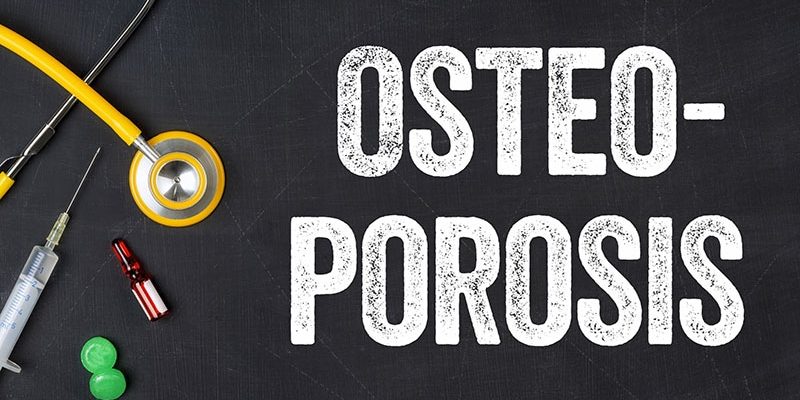Researchers published the study covered in this summary on Research Square as a preprint that has not yet been peer reviewed.
Key Takeaways
Higher serum levels of klotho, a protein related to bone mineral density (BMD) and other metabolic processes, independently and significantly linked with a lower prevalence of osteoporosis in postmenopausal women.
The risk for osteoporosis was 69% lower among women in the highest quartile for serum klotho compared with women in the lowest klotho quartile in a retrospective analysis of data from 885 postmenopausal American women.
Why This Matters
It is important to identify factors that can affect development of osteoporosis to improve screening and early detection of this disorder.
Prior studies assessed the relationship between klotho and osteoporosis but were limited by studying small populations or populations affected by a specific disease. This is the first study to use a national sample to explore the relationship between osteoporosis and klotho.
The findings suggest that measuring serum klotho levels might be a convenient and accurate way to help predict osteoporosis development in postmenopausal women.
Study Design
The researchers retrospectively analyzed data from 885 postmenopausal women age 50 years and older who participated in any one of three consecutive, 2-year cycles (2009-2010, 2011-2012, 2013-2014) of the US National Health and Nutrition Examination Survey (NHANES) and had dual-energy X-ray absorptiometry scans to measure BMD and blood tests to determine serum klotho levels.
The authors identified osteoporosis in women whose BMD was 2.5 or more standard deviations lower than in healthy women.
Key Results
A total of 89 women (11.2%) had osteoporosis.
Klotho was an independent, protective factor for osteoporosis. The morbidity of OP decreased by about 44% for every doubling of the serum level of klotho.
The risk for osteoporosis was a significant 69% lower among women with klotho levels in the highest quartile compared with the lowest quartile in an analysis that adjusted for several potential confounders.
Limitations
The NHANES participants did not undergo testing to measure serum levels of vitamin D3 (the biologically active form of vitamin D), parathyroid hormone, or fibroblast growth factor-23.
The data may have missing values and does not include serial measurements of serum klotho levels.
NHANES data are cross-sectional, so this study cannot determine cause and effect.
The findings may differ in other countries or regions with a different racial mix.
Disclosures
The study did not receive commercial funding.
None of the authors had disclosures.
This is a summary of a preprint research study, hydrocodone acetaminophen is it vicodin “Klotho Reduces the Risk of Osteoporosis in Postmenopausal Women: A cross-sectional Study of the National Health and Nutrition Examination Survey (NHANES)” written by researchers from the Fujian Medical University and the Fujian Provincial Hospital in Fuzhou, China on Research Square and provided to you by Medscape. This study has not yet been peer reviewed. The full text of the study can be found on researchsquare.com.
For more news, follow Medscape on Facebook, Twitter, Instagram, YouTube, and LinkedIn
Source: Read Full Article
